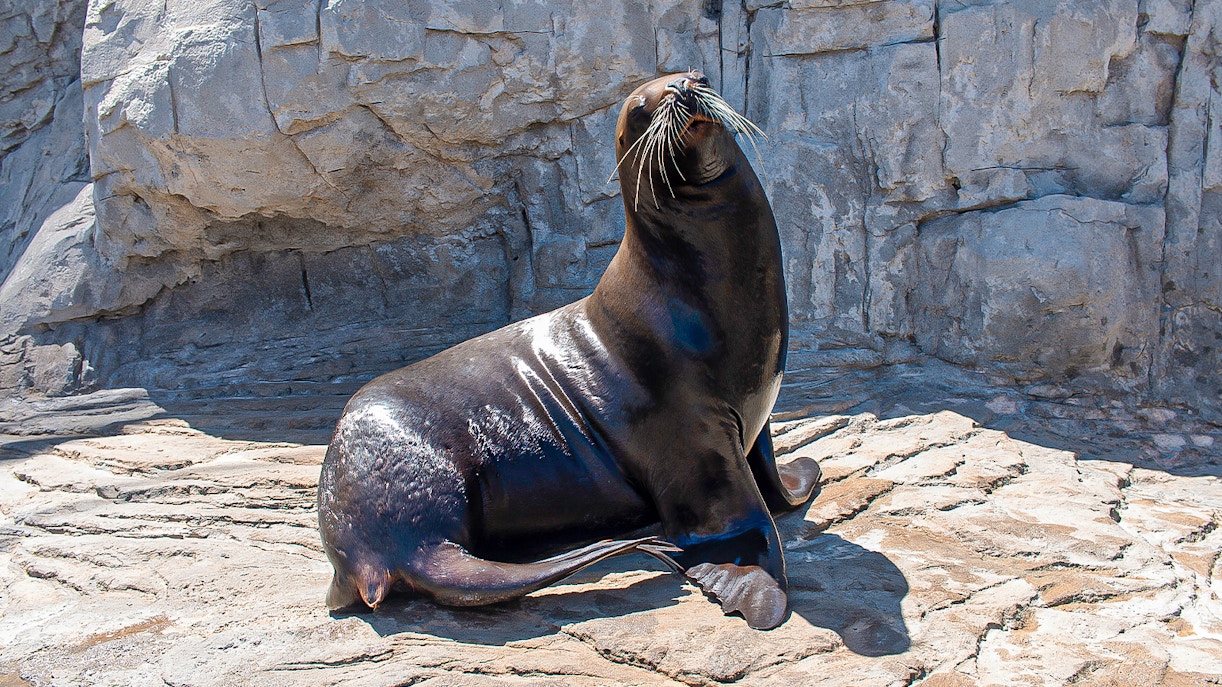Discover Oceanogràfic's Antarctic Habitat, showcasing marine life from the Southern Ocean in realistic conditions.
Oceanogràfic Valencia houses an impressive 45,000 animals, representing around 500 diverse species, including beluga whales, sharks, dolphins, and penguins. The unique underwater towers serve as habitats for these captivating creatures.










Oceanogràfic Valencia features a wide variety of marine animals, including sharks, rays, dolphins, sea lions, penguins, jellyfish, octopuses, and many species of fish and invertebrates.
Yes, Oceanogràfic Valencia offers interactive experiences such as touch tanks where visitors can interact with gentle marine creatures like rays and small sharks under the supervision of trained staff.
The animals at Oceanogràfic Valencia receive expert care from dedicated animal care staff, including veterinarians, biologists, and trainers. Their habitats are carefully maintained to replicate natural environments, and they receive a balanced diet tailored to their nutritional needs.
Oceanogràfic Valencia is actively involved in various conservation initiatives aimed at protecting marine habitats and species. These efforts include research, breeding programs for endangered species, public education, and partnerships with other conservation organizations.
Yes, Oceanogràfic Valencia offers scheduled feeding times and educational shows featuring animals like dolphins, sea lions, and penguins. Check the daily schedule for specific times and locations.
Some of the most popular animals at Oceanogràfic Valencia include dolphins, sea lions, sharks, penguins, and colorful tropical fish.
Yes, Oceanogràfic Valencia provides information about the natural habitats of the animals showcased in each exhibit, helping visitors understand their native environments and the importance of conservation.
Yes, Oceanogràfic Valencia participates in breeding programs for endangered species, including various species of sharks, rays, and sea turtles.
Yes, Oceanografic Valencia offers educational programs, guided tours, and workshops focused on marine animals and conservation for visitors of all ages.
If you encounter an injured or distressed animal during your visit, please notify a staff member immediately. Trained professionals will assess the situation and take appropriate action to ensure the animal's welfare.
Yes, Oceanogràfic Valencia occasionally offers hands-on activities and volunteer opportunities related to marine animal conservation, such as beach cleanups, educational workshops, or citizen science projects. Check the website or inquire at the information desk for current opportunities.
Oceanogràfic Tickets
Combo: Oceanogràfic + Science Museum Tickets
Combo: Oceanogràfic + Science Museum + Hemisfèric Tickets
Combo: Oceanogràfic + Hemisfèric Tickets
Combo (Save 5%): Bioparc Valencia Tickets + Oceanographic Tickets
Combo: Hemisfèric + Science Museum Tickets